Return to Krondor
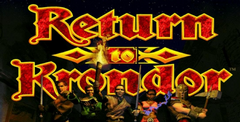
| a game by | PyroTechnix, Inc. |
| Platform: | PC (1998) |
| User Rating: | 9.0/10 - 2 votes |
| Rate this game: | |
| See also: | RPGs |
Deep down in the recycling bin of role-playing games there's a copy of Return To Krondor, Sierra's follow-up to Betrayal Of Krondor, based on the books by fantasy writer Raymond E. Feist. It's easy to see how it would end up there, offering as it does some very bog-standard graphics (even for a two-year-old game), a terrible interface and some seriously unpleasant voice-acting. Its one redeeming feature, for those of us into that sort of thing, is the turn-based combat, although even that falls short of the Final fantasy battles we've grown used to. All things considered then, it might be best to leave it rotting at the bottom of that bin, and hope the box gets re-used to package something better.
Download Return to Krondor

System requirements:
- PC compatible
- Operating systems: Windows 10/Windows 8/Windows 7/2000/Vista/WinXP
Game Reviews
As the second computer game based on Raymond Feist's successful Riftwar series of books (BetrayalAt Krondor being the first), Return To Krondor has a lot to live up to. After five long years in development hell, passing through the hands of ill-fated US development studio 7th Level and eventually ending up in the lap of Sierra, Return To Krondor is finally finished, boxed and in our hands.
This role-playing adventure borrows many different styles of play in an attempt to create something innovative in design but traditional in feel, and to some extent it works very well. Your view of the game is tightly controlled by a series of cameras. Unlike games such as Redguard, Return To Krondor utilises pre-rendered backdrops to depict the action, with realtime 3D models making up everything else - very much like Alone In The Dark and Resident Evil 2. That's hardly a leap forward for the genre, but it is.
Combat is turn-based, a la Final Fantasy VII, and the rest is a mixture of Ultima Underworld, Eye Of The Beholder and Ecstatica, all wrapped-up in a Raymond E Feist-approved coating.
Books Etc
The game unfolds over a series of chapters, each introduced by a short voice-over. This obsession with books runs through the whole game - the options screen is one big bookcase, and each book a collection of previous saved games. Starting a new book enables the game to be configured to your specifications.
First off there are three skill levels, Easy, Medium and Hard, which relate mostly to the frequency and difficulty of combat. Then there's Game Focus: Fighter, Balanced or Mage. Most people would assume this to be the type of character you choose to play as, but it isn't. This option defines how magic/combat-oriented the overall game is. Want lots of magic? Choose Mage. Prefer hack-and-slash to wand-waving? Choose Fighter.
The Combat Statistics option toggles the numbers shown in combat, and should be switched on unless you like to make it hard for yourself. The Combat Speed option doesn't actually speed up the combat as you would expect, but instead affects the animation. Speeding up combat should have been an option, because you could argue that it's too slow. Finally there's an option to choose how your character picks locks and disarms traps. These play a very important part in Return To Krondor, because you can find lots of locks and traps along the way. The default Trap Lock setting is Reaction, and to succeed in this mode you have to master double-clicking the mouse to stop a swinging pendulum at the right moment. When in Dice Roll mode, your fate is decided by some invisible number crunching inside your PC. Whether you trust its judgement or not is your choice entirely. And then it's into the game proper, making sure you've chosen wisely because there's no changing things afterwards with a handy pulldown menu.
Robbing Dead People
As Squire James, your immediate mission is to meet and escort a friendly sorceress back to the palace. Moving around is achieved by either pointing the cursor at where you want your character to walk, or by using the cursor keys (holding down Ctrl at the same time makes him run).
Exploring Krondor, James suddenly finds that all is not well. People are being murdered and the locals are getting restless. Wandering into one of the many houses scattered around the city invariably results in an attack of some kind. And it's at this point that the role-playing really begins to kick in.
As mentioned earlier, combat is turn-based, and almost everything is handled by the mouse: left-click an enemy and you fight them with whatever weapon you have readied: right-click your character to cast spells, access the inventory, end turn etc. Of course, your character's current attributes affect how you perform in combat, and building experience levels plays a big part in that. Killing bad guys awards points that can be used later to bump up your character's skills a level. Robbing dead people of their possessions also helps, in that you can always visit one of Krondor's many shops and sell the stuff to buy bigger and better weapons and any potions you need to help out in combat.
Room For Four
Once you've got Squire James on a roll, the game opens up further with the introduction of party members. There's room for four people in your party, all of whom follow James's every move and contribute greatly in combat.
Each party member has their own inventory/attribute/spell-casting screen, from which objects can be manipulated and stats examined. Unfortunately though, you have to flick from one screen to another to see any effect an item is having on your character. Mages also have their own screen which lists available spells, and there's a further menu screen available for when the party is resting. In all, toamany screens.
Despite all the faffing around behind the scenes (it can take a tediously long time to sift through four full inventories, assessing unknown items and selling them at a shop), Return To Krondor's plot and story are propped up well by some decent set-pieces. The dialogue, apart from a few dodgy Dick Van Dyke-style cockney accents, is fairly good. Later - when you're hard enough to start terrorising the locals for information - it improves no end, and talking to the many nonplayer characters suddenly becomes quite interesting. The many in-engine cut-sequences also add a lot to the game, even though the character modelling and animation hold them back a bit, and the innovative trap/lock disarm puzzles are compelling.
At the end of the day, this potentially excellent game is let down by a number of niggly problems. For example: in shops there's no real bartering process (which takes the buzz out of shopping, and often results in you being ripped off by shrewd shopkeepers): you can't select multiple items, instead you have to pick things up one by one (too much in a game with this many objects); and savegame names can only be up to eight characters in length - why?! These, the screen-swapping problems mentioned earlier, and the fact that the first few hours of the game are pretty dull, make Return To Krondora slightly frustrating experience initially. If you're the patient type and are prepared to put the hours in, though, you may just warm to it. Just like I did.
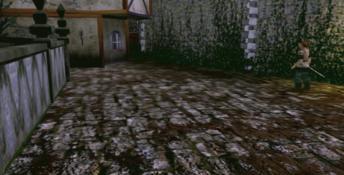
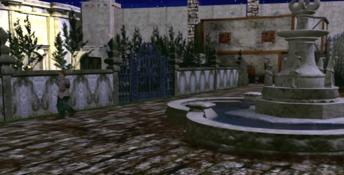
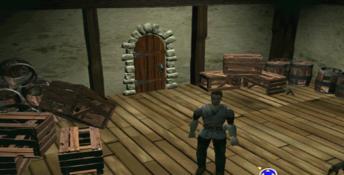
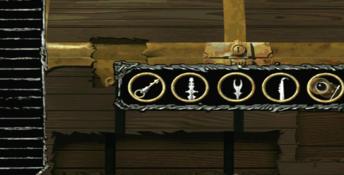

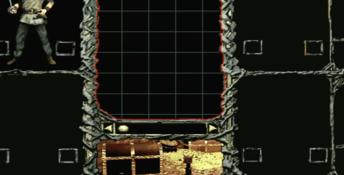

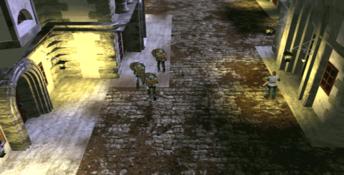
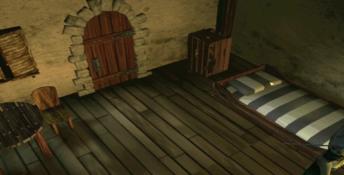

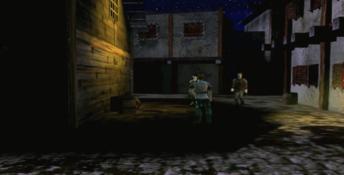
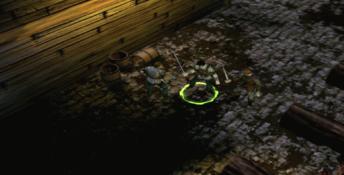

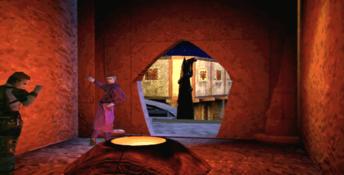

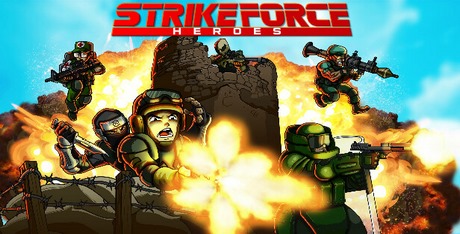 Strike Force Heroes
Strike Force Heroes
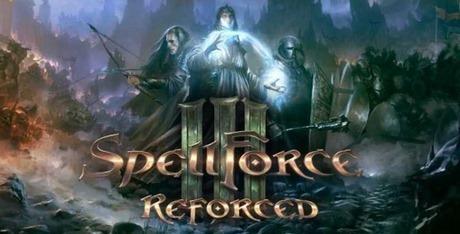 SpellForce III Reforced
SpellForce III Reforced
 Skies Of Arcadia
Skies Of Arcadia
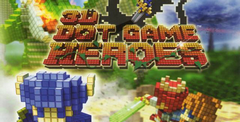 3D Dot Game Heroes
3D Dot Game Heroes
 Vay
Vay
 The Legend of Zelda: Skyward Sword HD
The Legend of Zelda: Skyward Sword HD
 The Gray Garden
The Gray Garden
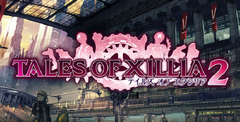 Tales of Xillia 2
Tales of Xillia 2
 Star Ocean: The Divine Force
Star Ocean: The Divine Force
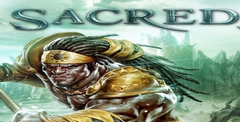 Sacred
Sacred
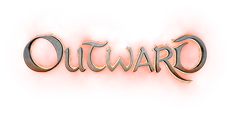 Outward
Outward
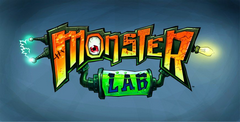 Monster Lab
Monster Lab
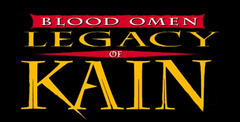 Blood Omen: Legacy of Kain
Blood Omen: Legacy of Kain
 Corsairs
Corsairs
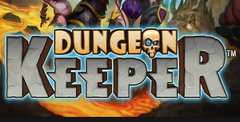 Dungeon Keeper
Dungeon Keeper
 Lands of Lore III
Lands of Lore III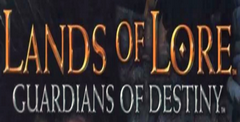 Lands of Lore: Guardians of Destiny
Lands of Lore: Guardians of Destiny
 Sea Dogs
Sea Dogs
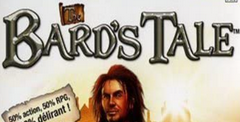 The Bard's Tale
The Bard's Tale
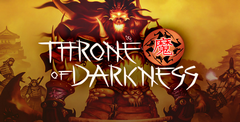 Throne of Darkness
Throne of Darkness